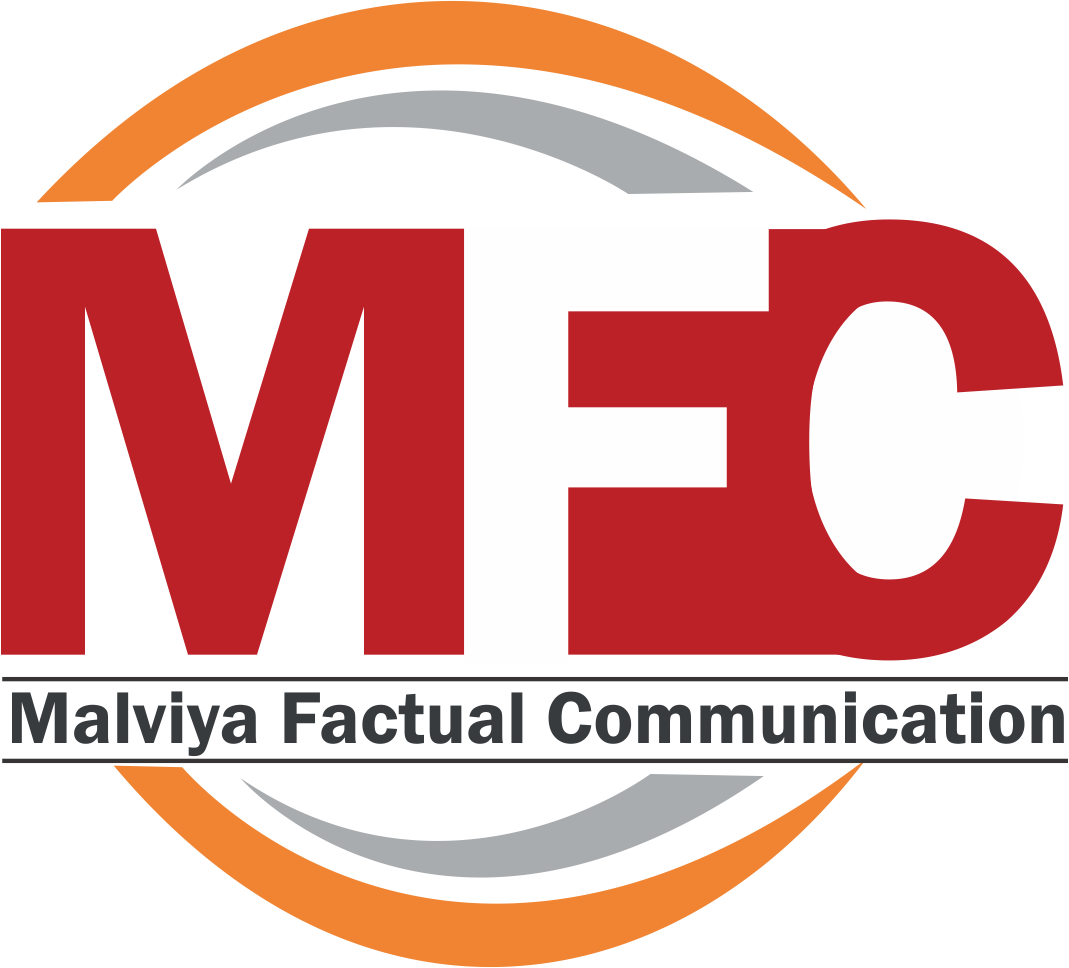
The PR world is swiftly embracing digital changes. By 2030, things will look very different, with new ways of working and connecting with the media. In this fast-paced environment, PR experts need to use new ideas when reaching out to journalists. Instead of just asking for coverage, it’s important to create valuable content and really get what journalists need. This mutual understanding helps build better relationships and makes PR work smoother in today’s ever-changing world. In the article, we will discuss the 15 best and most essential media relations tips for PR professionals to stay ahead in the ever-changing PR landscape.
15 Best Media Relations Tips for PR Professionals
- Build Honest Connections: Invest your time in building authentic connections with journalists, understand their priorities and requirements, and offer valuable insights to foster trust and strong relationships. Avoid pressuring them to publish your content; if it holds value, they will undoubtedly consider it for review.
- Craft Informative Press Releases: In your press releases, prioritize valuable insights over promotional language. Focus on delivering concise, informative content that captivates both your audience and the journalist. Avoid unnecessary details about struggles, personal journeys, or self-praise. Instead, provide data, expert insights, or industry trends to add credibility and depth. By prioritizing valuable and newsworthy content, you increase the chances of attracting media attention and getting coverage.
- Proactively Manage Crisis Phase: Stay active on social media platforms, traditional and digital news outlets, blogs and online forums, online news aggregators, TV channels, and video platforms to effectively monitor and manage potential crises. Rapid response is crucial to addressing emerging issues and mitigating negative publicity. Be prepared to respond promptly to journalists’ inquiries regarding crisis matters. Delayed responses can escalate crisis situations and tarnish your brand’s image and credibility.
- Research and Target Relevant Media Outlets: Identify journalists and media outlets that align with your brand or industry’s ethos. Ensure that your pitches match the journalist’s criteria. Sending irrelevant pitches not only wastes your time but also that of journalists. By targeting the right media outlets with tailored pitches, you increase the likelihood of capturing their attention and securing valuable coverage for your brand.
- Follow Up Strategically: After sending your initial pitch, it’s crucial to follow up in a timely and strategic manner. Consider the busy schedules of journalists, and respect their time and preferences. A well-timed and courteous follow-up can help maintain their interest in your story without becoming a nuisance. Persistence is key, but remember to strike the right balance – be persistent without being pushy. Additionally, provide any additional information or resources that may be helpful for the journalist to consider your pitch. By maintaining a respectful and strategic approach to follow-ups, you can increase the likelihood of your pitch being noticed and acted upon.
- Be Responsive and Available: Stay responsive to media inquiries and requests for information. It’s essential to provide timely and accurate responses to journalists to uphold their trust and cooperation. Being available to address their queries promptly not only demonstrates professionalism but also strengthens your relationship with the media. Remember, prompt and reliable communication is key to maintaining a positive rapport with journalists and ensuring smooth collaboration on future stories.
- Stay updated on industry news and trends: Monitor the current news and trends about your industry and incorporate valuable insights into your press release. This increases the chances of securing media coverage.
- Utilize Multimedia Content: Enrich your press releases by incorporating photos, resources, references, and social media account links. This multimedia approach can make your story more compelling and increase its chances of being picked up by journalists.
- Seek Feedback and Learn from Rejections: Don’t be discouraged by rejections; instead, use them as opportunities to refine your pitches and improve your media relations strategies. Seek feedback from journalists to understand how you can better tailor your pitches to their needs and preferences.
- Promote Corporate Social Responsibility (CSR) Initiatives: Encourage involvement in Corporate Social Responsibility (CSR) initiatives that resonate with your brand’s values and mission. Engaging in CSR activities not only contributes positively to society and the environment but also enhances brand reputation and media relations. Participate in community service projects, environmental sustainability efforts, or charitable partnerships. By integrating CSR into your media relations strategy, you can attract positive media coverage, and build stronger connections with your target audience.
- Secure Media Interviews: In today’s media landscape, securing media interviews on current topics is a strategic way to boost your brand’s visibility and attract media attention. Build strong relationships with journalists and be responsive to interview requests. Be prepared to address journalist inquiries effectively during interviews.
- Stay Humble: Remember, you should never be overly aggressive with journalists. Stay humble, stay calm, and be ready to face both success and rejection. Also, be gentle when following up with journalists, addressing all their inquiries. Building strong relationships with journalists is crucial; show appreciation for their time and effort. Remember that mutual respect and understanding foster trust and open doors for impactful media engagements.
- Training Sessions: Empower your team with tailored training sessions led by senior PR experts. Explore topics such as effective pitching, media etiquette, crisis communication, developing strong media relations, addressing journalist inquiries, and understanding key skills. By investing in your team’s development, you not only enhance their expertise but also reinforce your organization’s reputation. Empower your team with the tools and insights necessary to thrive in media interactions and confidently tackle any obstacles that arise.
- Adapt to Digital Platforms: Embrace digital platforms and cutting-edge technologies to elevate your media relations strategy. Unlock the potential of virtual events, webinars, and online press conferences to engage with your audience. Embracing these digital avenues opens doors to a broader reach, deeper connections, and heightened impact. Stay ahead of the curve and adapt to the dynamic landscape of media communication.
- Stay Authentic: Be transparent in media communication; any false information can ruin your reputation. Building trust is crucial for long-term relationships with journalists. Be authentic, transparent, and patient. Provide accurate information, even if it means admitting mistakes or shortcomings. Honesty is appreciated and fosters credibility in the eyes of the media and the public. Remember that authenticity is not just about what you say but also how you say it. Ensure your tone and demeanor reflect sincerity and genuineness, resonating with journalists and audiences alike.
Incorporate these tips into your media relations strategy to confidently succeed in the ever-evolving landscape of PR. Adaptability is paramount in today’s fast-paced media environment. Stay proactive, anticipate changes, and adjust your approach as needed to stay ahead of the curve. With these strategies, you’ll be well-equipped to thrive in the dynamic world of media relations.
To stay updated on our blog, follow us on Facebook and LinkedIn.


